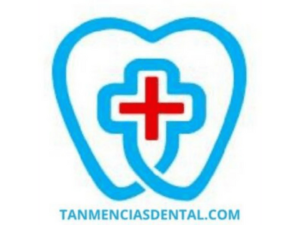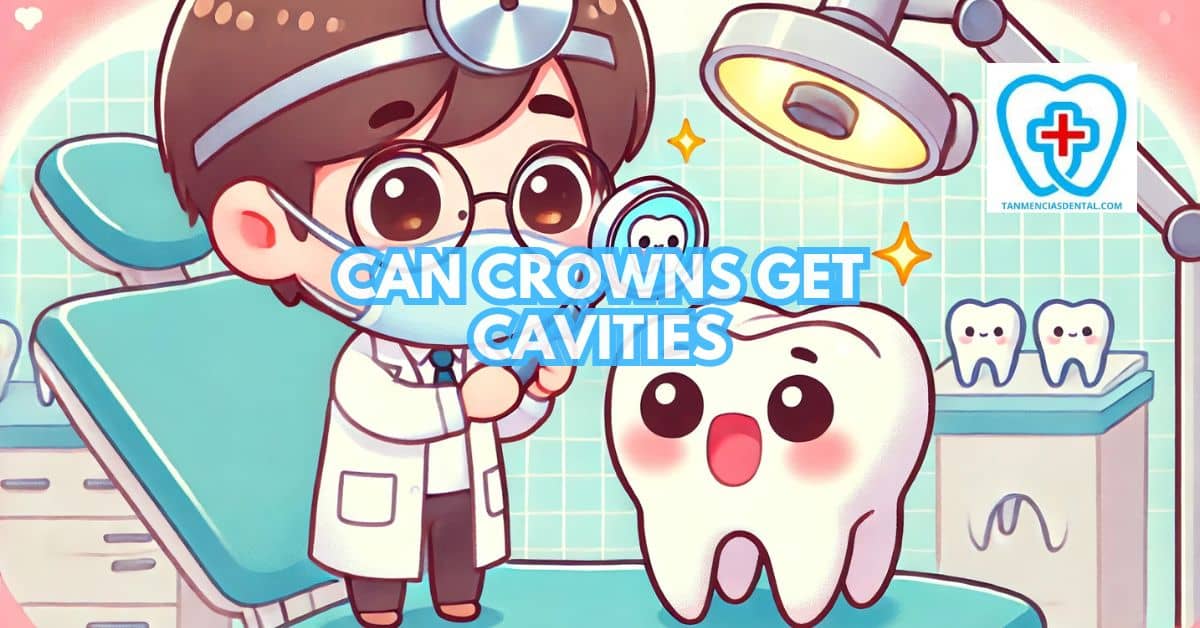Dental crowns are designed to protect and restore damaged teeth, but they are not indestructible.
Many people ask, “Can crowns get cavities?”
The answer is not simple, but understanding the risks can help you take the right precautions.
Although crowns cover most of a tooth, the area where the crown meets the natural tooth is still at risk of decay.
Learning how cavities can develop under crowns will help you take the best care of your dental work.
1. What Are Dental Crowns and Why Are They Used?
A dental crown is a cap placed over a tooth to restore its shape, strength, and function.
Dentists use crowns for various reasons, such as protecting weak teeth, covering dental implants, or improving appearance.
They are commonly recommended after a root canal or when a tooth has a large filling that weakens its structure.
Crowns come in different materials, including porcelain, metal, or resin, each with unique benefits.
While they are long-lasting, they still require proper care to prevent problems.
🦷 What Dentist Does Implants and How to Choose the Right One for You
2. Can Crowns Get Cavities? Understanding the Facts
Although crowns cannot decay like natural teeth, the tooth beneath them is still vulnerable.
The area where the crown meets the natural tooth, called the margin, is a common spot for cavities to form.
Plaque and bacteria can build up around the edges, especially if oral hygiene is not maintained.
If cavities develop under a crown, they can go unnoticed for a long time, leading to more serious dental issues.
Regular brushing, flossing, and dental visits are essential to reducing this risk.
🦷 Can Teeth Whitening With Trays Remove Deep Stains? Exploring the Possibilities
3. Why Cavities Can Form Under Your Crown
A poorly fitted crown can leave small gaps where bacteria can enter and cause decay.
If a tooth was not thoroughly cleaned before placing the crown, leftover bacteria could lead to cavities.
Over time, crowns may shift due to wear or changes in the underlying tooth, creating new spaces for bacteria.
Poor oral hygiene increases the likelihood of plaque buildup along the gumline and crown edges.
Eating sugary foods and acidic drinks can also weaken tooth enamel, making it easier for cavities to develop.
🦷 Charting Your Course: Dental Nurse vs. Dental Hygienist Career Paths
4. How to Recognize the Signs of Cavities Under a Crown
Pain or sensitivity when eating hot, cold, or sweet foods could be a sign of decay under a crown.
A persistent bad taste or bad breath may indicate bacteria buildup beneath the crown.
If the crown feels loose, it could mean the underlying tooth has been damaged by decay.
Dark spots or discoloration around the edges of the crown may also signal a problem.
If you experience any of these symptoms, a dentist should examine the tooth as soon as possible.
🦷 How Teeth Whitening Foam Can Transform Your Smile in Just a Few Minutes
5. The Importance of Proper Oral Hygiene for Crown Care
Brushing twice a day with fluoride toothpaste helps protect the natural tooth beneath the crown.
Flossing daily removes food particles and plaque that can get trapped around the edges.
Using an antibacterial mouthwash can further reduce harmful bacteria in the mouth.
It is also important to clean along the gumline, where bacteria can accumulate and cause decay.
Good oral hygiene habits will help extend the lifespan of the crown and keep the underlying tooth healthy.
🦷 Enhance Your Confidence by Exploring Prosthodontic Treatments in Marikina
6. Why Regular Dental Checkups Are Essential for Crown Health
Routine dental visits allow dentists to spot early signs of decay before they become severe.
X-rays can reveal hidden cavities under the crown that may not be visible during a regular exam.
Professional cleanings help remove plaque and tartar that brushing alone cannot eliminate.
If a crown is loose or worn down, a dentist can take corrective measures before major damage occurs.
Early intervention can prevent more costly and invasive dental treatments in the future.
🦷 Why Can Flossing Damage Gums? The Surprising Truth Behind Common Myths
7. How Crown Damage or Loosening Can Lead to Cavities
A chipped or cracked crown can create openings where bacteria can reach the natural tooth.
Grinding your teeth or chewing hard objects can weaken the crown over time, making it more susceptible to damage.
If a crown is not properly cemented, bacteria can enter underneath, leading to hidden cavities.
Changes in bite alignment or gum recession can also expose parts of the tooth that were once covered.
Any sign of crown damage should be evaluated promptly to prevent further complications.
🦷 Navigating Oral Health by Understanding the Roles of Dentist vs. Dental Surgeon
8. Simple Tips to Protect Your Crown and Underlying Tooth
Avoid chewing on hard foods like ice, nuts, or hard candies, which can crack or loosen a crown.
Brush and floss carefully around the crown to remove food particles and bacteria.
If you grind your teeth at night, wearing a mouthguard can prevent excessive pressure on the crown.
Limit sugary and acidic foods that contribute to plaque buildup and weaken tooth enamel.
Seeing your dentist regularly ensures that your crown and the surrounding teeth remain in good condition.
🦷 Can Dental Cleaning Damage Teeth? Exploring the Risks and Benefits
9. What Happens If a Cavity Develops Under a Crown?
If decay is detected early, a dentist may be able to repair the cavity without removing the crown.
In some cases, the crown must be taken off to clean and treat the affected area properly.
If the cavity is severe, a root canal may be needed to remove infected tissue and save the tooth.
In extreme cases, the tooth may be too damaged to repair, requiring extraction and a replacement option like an implant or bridge.
Treating cavities under a crown quickly can help prevent more extensive and expensive dental work.
🦷 Are Electric Toothbrushes Harmful? What You Need to Know
10. What to Do If You Think You Have a Cavity Under Your Crown
If you suspect decay under your crown, schedule a dental appointment as soon as possible.
Your dentist will examine the crown and may take X-rays to check for hidden cavities.
Avoid chewing on the affected side of your mouth until you receive a proper diagnosis.
Maintaining good oral hygiene in the meantime can help slow the progression of decay.
The sooner you seek treatment, the better your chances of saving the tooth and avoiding more complex procedures.
👨⚕️ Conclusion
While crowns protect teeth, the underlying tooth is still at risk for cavities.
Proper oral hygiene, regular dental checkups, and prompt action at the first sign of trouble can help prevent decay.
If a cavity forms under a crown, early treatment can save the tooth and prevent more serious dental problems.
Being mindful of oral care habits and avoiding foods that promote plaque buildup can extend the lifespan of both your crown and natural teeth.
Taking care of your dental crown ensures a longer-lasting and healthier smile.
😊 Self-Promotion
Looking for a trusted dental clinic in Parang, Marikina City?
Visit Tan-Mencias Dental Clinic for quality and gentle dental care that keeps your smile healthy and bright!
If you have any questions, feel free to call us at 0917-145-1074, send us a message on our Facebook page, or reach out through our website’s contact form.
Our friendly team is always happy to help with your dental needs.
Book your appointment today and let us take care of your smile!

